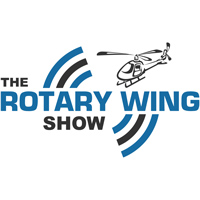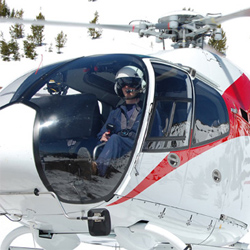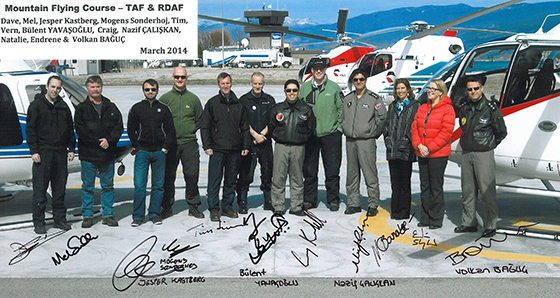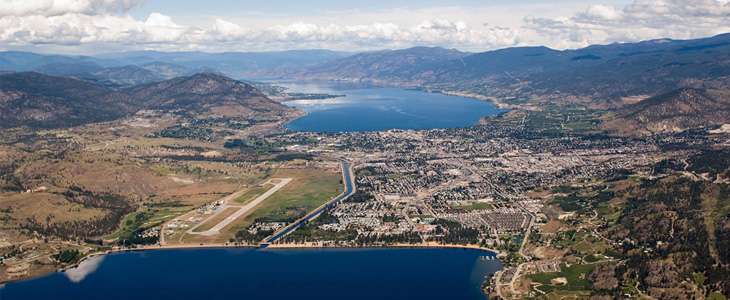Podcast: Play in new window | Download
Subscribe: Apple Podcasts | RSS
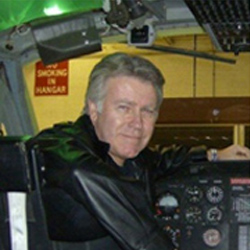
An interview with Robert Feerst, President of Utilities/Aviation Specialists Inc.
Wirestrikes in helicopters are one of the leading causes of hull losses world wide. 60% of wirestrikes result in a fatality!
If we are going to apply the 80/20 principle to improving helicopter safety then this seems like a good place to start.
Podcast: Subscribe in iTunes | Play in new window | Download
Bob’s company website – Click Here
Bob’s bio (PDF)- Click Here
[Tweet “To a low level flight crew, wire MUST be classified as an invisible hazard. http://rotarywingshow.com/rws-2-flying-wire-environment-robert-feerst/”]
[Tweet “Never, Ever ASSUME that you and the pilot are seeing the same thing. Never! http://rotarywingshow.com/rws-2-flying-wire-environment-robert-feerst/”]
[Tweet “52% of wire strikes were by pilots with over 5000hrs. It is not a rookie mistake.” http://rotarywingshow.com/rws-2-flying-wire-environment-robert-feerst/”]
[gview file=”http://rotarywingshow.com/wp-content/uploads/2014/07/wirestrikes_ATSB-Report.pdf”]
[gview file=”http://rotarywingshow.com/wp-content/uploads/2014/07/FAA-Safety-Study-of-Wire-Strike-Devices.pdf”]
Article “A Plan for Reducing Wire Strike Accidents” – Click Here
This is the video that we discuss at the end of the interview. Produced by the same people that shoot and edit 60 Minutes in partnership with a larger number of helicopter industry bodies, this is something all helicopter crews should watch.
Have you hit a wire or come close to it? Do you know someone that has? Consider sharing your story below in the comments so that the rest of us can learn from the event.
